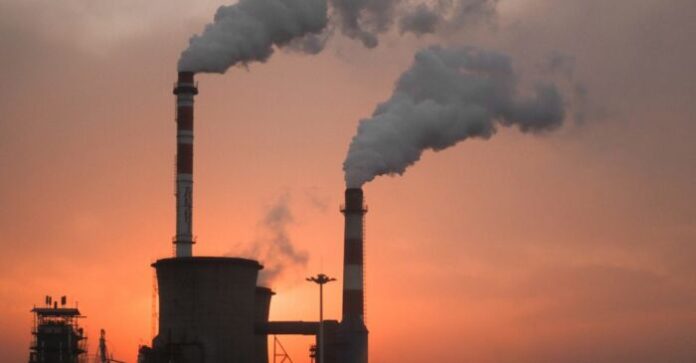
The growing use of nitrogen fertilizers in the worldwide food production is increasing atmospheric concentrations of nitrous oxide—the third most important long-lived greenhouse gas after carbon dioxide (CO2) and methane (CH4), which contributes to the reduction of stratospheric ozone. If the N2O atmospheric increase continues at such a rapid pace, global average temperature could exceed the 2 ° C warming limit established by the 2015 Paris agreements.
This finding is part of a study published in Nature, coordinated by Auburn University (Alabama, USA), under the umbrella of the Global Carbon Project and the International Nitrogen Initiative framework, which involved scientists from 14 countries and 48 research institutes, including the Marine Sciences Institute of the National Research Council (Cnr -Ismar).
“Nitrous oxide is an important greenhouse gas and its presence in the atmosphere contributes to 7% to human-caused global warming,” explains Angela Landolfi, Cnr-Ismar researcher and co – author of the research, whose goal was to fully and exhaustively quantify all natural and artificial sources of N2O on a planetary scale. “Our study found that nitrous oxide has risen 20% from pre-industrial levels over the past few decades. The main reason for the increase is due to the increasing use of nitrogen fertilizers in food production around the world”.
The contribution of the researcher Cnr-Ismar, specialist in the numerical modeling of biogeochemical cycles, was to provide estimates on the sources of N2O released from the ocean for the current study. “So far, N2O emissions from the ocean have been major source of uncertainty” continues Landolfi. “With a new model of the global earth system (ESM), we were able to better estimate the emissions of N2O by the ocean, identifying the factors that influence its oceanic production and emissions”.
“The data showed that the main driver of the increase in atmospheric N2O comes from agriculture and we estimate that it will increase further due to the growing demand for animal feed and food,” says Hanqin Tian of the American University of Auburn, director of the International center for climate change research and first signatory of the study.

The highest growth rates for N2O emissions come from emerging countries where food production has increased significantly, notably Brazil, China and India. Europe is the only region in the world that has reduced its emissions in the last two decades, thanks to stringent agricultural and industrial policies.
“Current emissions of CO2, N2O and other greenhouse gases are leading to continued global warming,” concludes Landolfi. “Limiting N2O emissions is of great importance to achieve the objectives of the Paris climate agreement, however, this must necessarily be accompanied by the reduction of CO2 emissions, which appears even more urgent”.



































